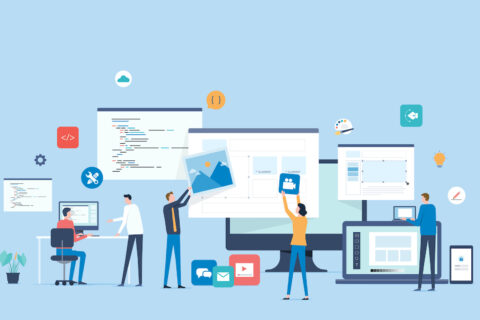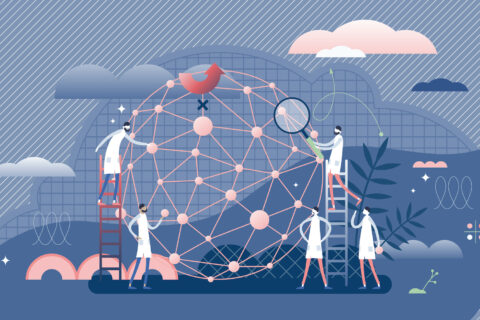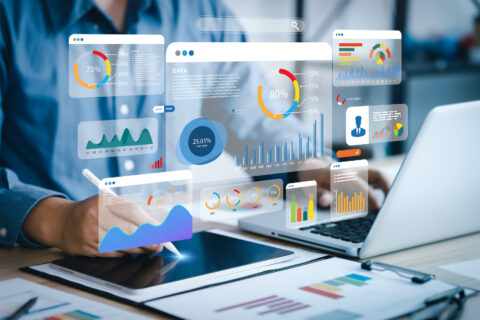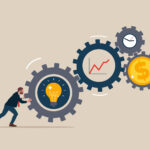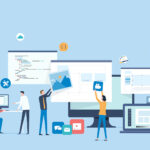Software and information technology (IT) are key foundations in today’s digital age. They overlap and intersect with almost every aspect of our daily lives. Moreover, IT impacts top industries worldwide.
In recent years, a surge in tech investments have yielded self-driving cars, virtual reality (VR), smart homes, wearables, modern transport (e.g. hover boards), 3D printing and so on.
Here’s a deeper look into the hottest sectors and how tech will ultimately transform them.
Telecom Trends
Advanced tech trends are spinning up and they will extend telecoms’ limits; ultimately moving this sector ahead. Mobile broadband, cloud computing, big data management, OTT (Over-The-Top) services, and M2M (Machine-to-Machine) are already a part of the foundation, but don’t overlook wearable technologies and 5G infrastructure.
5G Technology
In fact, 5G technology, the next generation of cellular technology is upon us. As Re/code’s Bonnie Cha explains, “In a few years, you may be able to download a full-length HD movie to your phone in a matter of seconds rather than minutes. And video chats will be so immersive that it will feel like you can reach out and touch the other person right through the screen.”
There are no public standards yet. But we can anticipate super-fast mobile networks, super-efficient mobile networks and converged fiber-wireless networks. The presentation of 5G standards is expected to take place in the early 2020’s and commercial deployment will follow around the end of that decade.
M2M Technology / Internet of Things
Is M2M the next $100 billion technology market? Machine-to-Machine (M2M) technology together with Internet of Things (IoT) served as catalysts for digital development in 2015 and the future is even more promising.
M2M is a broad term to describe tech that enables networked devices to exchange information and perform actions without the manual assistance of humans (TechTarget). “M2M can connect virtually anything, like a vending machine that notifies the route driver when it’s out of soda.”
These days over a quarter of companies around the world are applying M2M technologies to automate and manage internal business processes. In 2016 and beyond, more companies will introduce innovations, initiate new customer experience and boost revenue using M2M solutions to power the Internet of Things (IoT). M2M will also become an integral part of daily business support infrastructure; connected with big data analytics and cloud platforms to create all-in-one M2M solutions.
Top information and communications technology (ICT) providers view IoT as a key area for strong future growth. This is due in part to increased offerings in smart houses, connected cars and gaming-augmented reality devices.

In 2015 IoT experienced significant growth with a boon in connected devices. Such popularity will force IoT vendors to enhance security features. With the development of smart home technology and increased smart devices a need to customize data and prioritize, organize and monitor it in a convenient way will fuel this segment’s growth.
Cloud Computing
Global reports confirm cloud computing has already hit mainstream. It is one of the fastest developing aspects of IT. The cloud—with its flexibility, scalability and low capital expense—has proven its mettle.
Cloud computing solutions are already in play by governments, large enterprises, small businesses and consumers; in the years to come it will only gain a more solid footing. Among the top cloud trends are: hybrid cloud, cloud container technologies and cloud computing within business infrastructure.
Wearables
Analysts and industry pundits confirm that 2015 was “the breakthrough of the year” for wearable technology with the launch of Apple Watch in April.
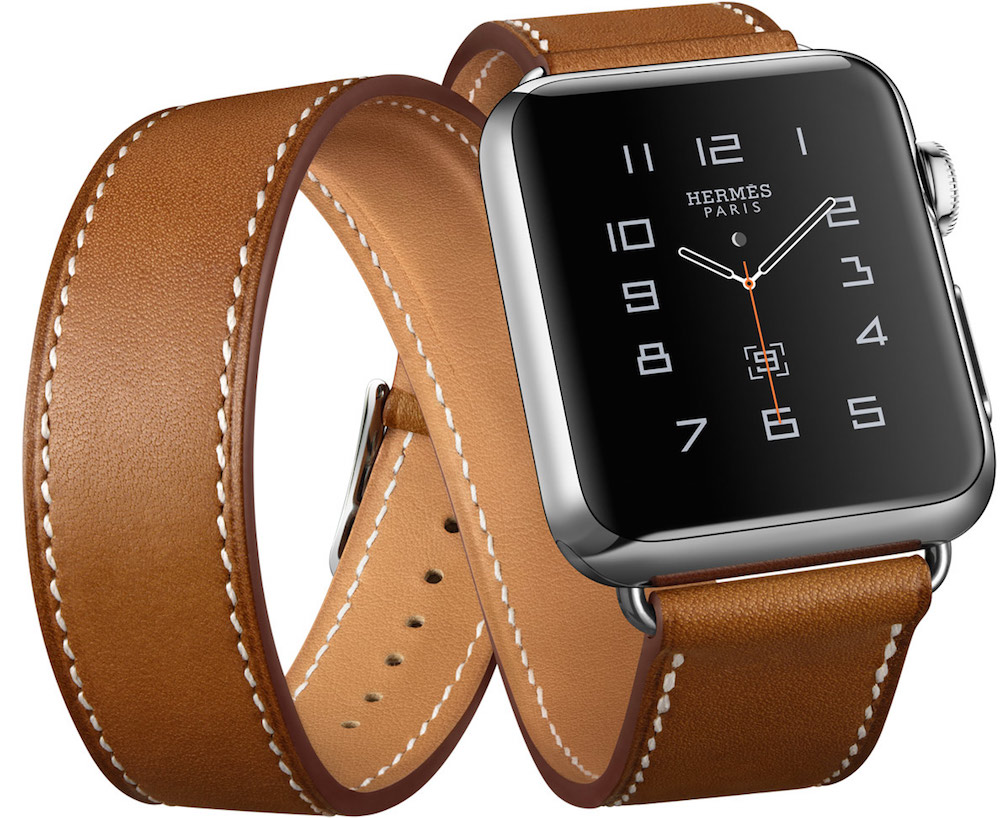
According to eMarketer, by the end of 2015 “by the end of 2015, some 39.5 million US adults [were predicted to] own and use a wearable device [i.e. fitness trackers and smart watches]. This is up 57.7% from last year, but still only accounts for a fraction of internet users and an even smaller portion of the population.”
Yet, eMarketer predicts the rise of wearable tech popularity will surge and by 2018 it will be used by 81.7 million of consumers. Apart from that, fitness bands and health apps are entering their golden age and soon become mainstream.
Today, wearable tech helps people set goals, track and share progress, manage teams, document health status for doctors and more. In the coming year we will see enhanced batteries, screens, chipsets, and apps.
Banking and Financial Tech Trends
In 2015, developments in financial technology and vigorous changes in how we interact with finance (i.e., save, spend, invest money) has impacted our lives.
Mobile Finance
Mobile payments and mobile banking will become more common. eMarketer predicts mobile payments will triple in 2016. To date, mobile payments have been used by 23.2 million people in the U.S. alone; and this number is expected to grow by 37.5 million in 2016.
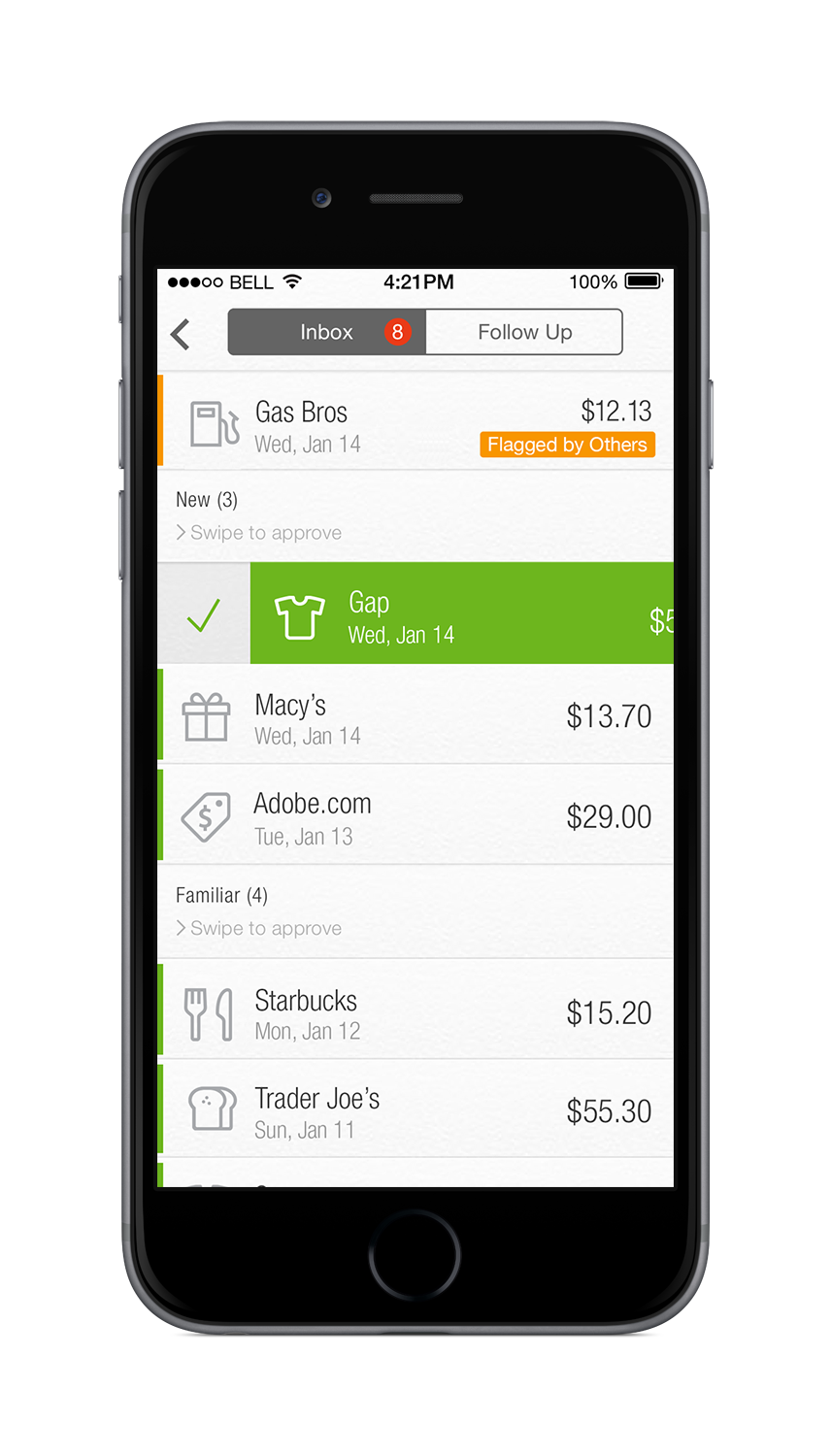
Mobile payment options and personal finance analytics, like Billguard, are also expected to become more diversified. This includes extensive use of cloud-based automation, bitcoins, personal finance security, etc.
Finance as a Service (FaaS)
In 2016, Finance as a Service (FaaS) will enhance reporting methods and engage real-time updates of high level data, and improve analytics and visualization tools to upgrade predictive capabilities. All of these developments will streamline decision making and enable document level study at a drill-down view.
For instance, Xerox FaaS aims to give you a full scope of finance and accounting professionals who can provide expert, cost-effective support without the overhead. We will see more FaaS offerings in years to come.
Big Data
Big data is expected to consolidate positions in 2016. Market requirements for big data technologies and data services providers are close to breakout. Ultimately, banking and financial institutions will implement data solutions for internal operations management and customer experience activities.
Moreover, big data will be used to meet compliance and regulatory requirements, gain precise business analytics and make more informed decisions. According to an Ernst & Young survey, on global forensic data analytics, 72% of surveyed executives believe that big data technologies can play a key role in fraud detection and prevention, though only 2% are actually applying them.
Cybersecurity
The need for cybersecurity is linearly proportional to tech innovation. 2015 proved this as hacking attacks and data leaks magnified the need for sophisticated security programs.
The growing number of connected devices and mobile payment systems also heighten the threat. In 2016 and beyond, financial and banking institutions will be forced to dedicate more resources to improve security awareness.
Health Care Trends
Health care is one of the largest and most complex sectors. Advancements will focus on higher quality care, data synchronization, privacy and security, and interoperability among systems and providers.
Wearables, Connected Devices and Apps
Wearables, connected devices and apps will hold their market position, providing patients with deeper insights into their health. In the coming years, consumers will dedicate more attention to managing their health.
According to a Frost & Sullivan survey, “24% of consumers currently use mobile apps to track health and wellness, 16% use wearable sensors and 29% use electronic personal health records. This trend is expected to continue as 47% of consumers would consider using wearables in the near future (Forbes).”
A new generation of wearables will provide advanced sensing, analytical and capture features.
Cloud Technology
Cloud technology will ensure better data privacy and security in health care, while improving accessibility to patient information worldwide, preventing errors from incomplete charts and allowing chart updates through Electronic Health Records (EHR).
According to HIMSS Analytics research, 83% of healthcare institutions are already using cloud technologies and 66% of surveyed IT executives are running SaaS-bases apps.
3D Printing
3D Printing will continue to occupy its niche in IT health care. Nowadays it allows providers to produce hearing aids, dental implants and even customized artificial limbs.
Moreover, 3D technology can also help surgeons with complex surgery visualization and practice, diminishing operating time and reducing chances for mistakes.
For example, 3D printing has already aided surgeons in repairing 4 year-old Mia Gonzalez’s heart. According to reports, “In order to replicate the patient’s organ accurately, MRI or CT scan data is translated into a 3D model, which is then prepped for 3D printing … This allows for extremely efficient surgical preparation; Burke and his team were able to practice the advanced surgery ahead of time, ensuring that no damage or pain be inflicted upon little Mia Gonzalez and her heart.”
Inoperability
Health care has already experienced consolidation and globalization. This will lead to more complex system integration problems with data sharing and privacy restrictions.
According to a Department of Health and Human Services report, 63% of hospitals and 69% of health systems see interoperability as one of the top challenges for the future.
“In healthcare, interoperability is the ability of different information technology systems and software applications to communicate, exchange data, and use the information that has been exchanged (HIMSS).”
Health IT, EHR in particular, still can’t share information seamlessly. This is an area that will benefit from technological advancements in the near future.
The future is always uncertain. Yet, we know that exciting and top-notch applications and technologies will continue to change the way we live.
We have already reached a point where smart devices, big data, cloud computing and other tech innovations are transforming our lives and businesses worldwide. These advancements open a vast number of opportunities and a wide platform for significant investments and startups to hit the ground running.
This article has been edited and condensed.
Eugeniya Korotya is an IT marketer and copywriter with TEAM International, a U.S. owned and managed IT professional services company with offices in the United States, Latin America and Eastern Europe providing onshore and offshore IT solutions. Our area of expertise covers JAVA, .NET, Web, PHP, Cloud, Mobile, QA & Testing and many more. Connect with @team_intl on Twitter.
© YFS Magazine. All Rights Reserved. Copying prohibited. All material is protected by U.S. and international copyright laws. Unauthorized reproduction or distribution of this material is prohibited. Sharing of this material under Attribution-NonCommercial-NoDerivatives 4.0 International terms, listed here, is permitted.


